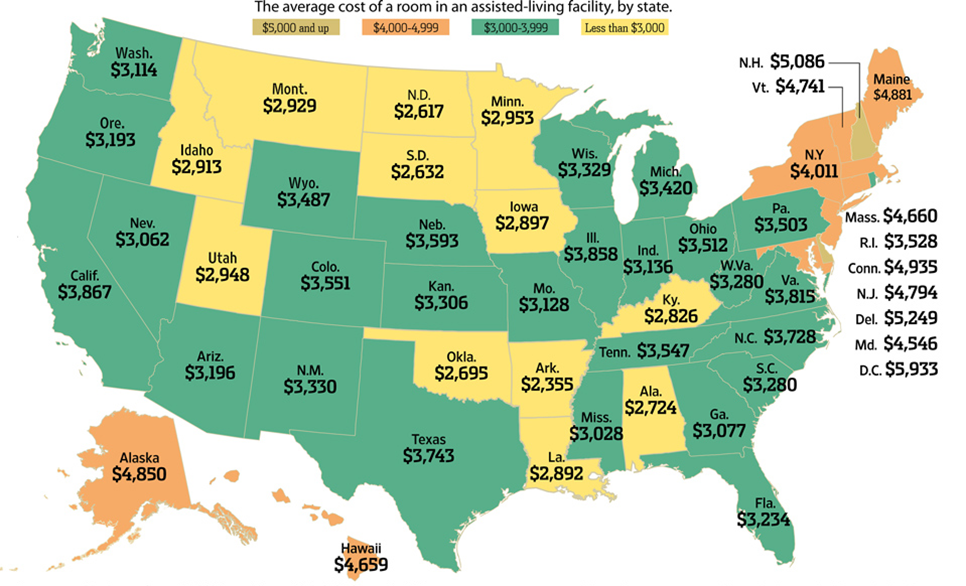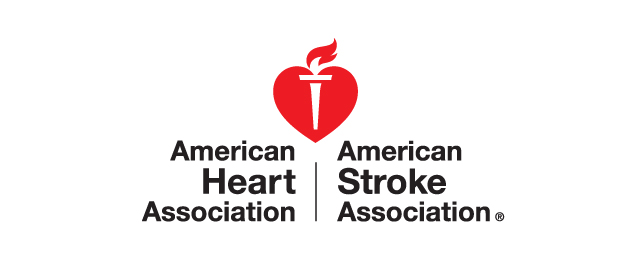Health Analysis Ranks Tolland, Middlesex, Fairfield Counties At Top of List
/If you’re looking for the healthiest counties in Connecticut, look no further than Tolland and Middlesex Counties. According to a report released by the Robert Wood Johnson Foundation and the University of Wisconsin Population Health Institute, Connecticut’s eight counties vary across a range of health categories and indices. In the report’s analysis of health outcomes, the order of ranking was Tolland, Fairfield, Middlesex, Litchfield, New London, Hartford, Windham, and New Haven.
The report – County Health Rankings & Roadmaps - also includes a ranking by Health Factors, which finds a slightly altered order: Middlesex, Tolland, Litchfield, Fairfield, New London, Hartford, New Haven, and Windham. Factors included in the analysis are health behaviors, clinical care, social & economic factors, and physical environment.
The Rankings look at a variety of measures that affect health such as the rate of people dying b efore age 75, high school graduation rates, unemployment, limited access to healthy foods, air and water quality, income, and rates of smoking, obesity and teen births.
efore age 75, high school graduation rates, unemployment, limited access to healthy foods, air and water quality, income, and rates of smoking, obesity and teen births.
The report relies on a robust set of data and analysis that allows counties to see what it is that is making residents sick or healthy and how they compare to other counties in the same state. A dynamic, interactive website shows the rank of the health of nearly every county in the nation and illustrates “that much of what affects health occurs outside of the doctor’s office.”
It examines25 factors that influence health, including rates of childhood poverty, rates of smoking, obesity levels, teen birth rates, access to physicians and dentists, rates of high school graduation and college attendance, access to healthy foods, levels of physical inactivity, and percentages of children living in single parent households.
The data has been used to garner support among government agencies, healthcare providers, community organizations, business leaders, policymakers, and the public for local health improvement initiatives. The website’s Action Center offers access to free personalized assistance to places that need guidance on what steps to take to make their communities healthier places to live, learn, work, and play.
This year’s Rankings show significant new national trends:
- Child poverty rates have not improved since 2000, with more than one in five children living in poverty.
- Violent crime has decreased by almost 50 percent over the past two decades.
- The counties where people don’t live as long and don’t feel as well mentally or physically have the highest rates of smoking, teen births, and physical inactivity, as well as more preventable hospital stays.
- Teen birth rates are more than twice as high in the least healthy counties than in the healthiest counties.
- Access to health care remains an important factor and this year, the Rankings include residents’ access to dentists, as well as primary care doctors. Residents living in healthier counties are 1.4 times more likely to have access to a doctor and dentist than those in the least healthy counties.
The County Health Roadmap, which accompany the rankings, are designed to help bring people together from all walks of life to look at the many factors that influence health, focus on strategies that work, learn from other communities so as not to reinvent the wheel, and make changes that will have a lasting impact on health.
The Robert Wood Johnson Foundation focuses on the pressing health and health care issues facing our country. As the nation’s largest philanthropy devoted exclusively to health and health care, the Foundation works with a diverse group of organizations and individuals to identify solutions and achieve comprehensive, measurable, and timely change.
The University of Wisconsin Population Health Institute is the focal point within the University of Wisconsin School of Medicine and Public Health for translating public health and health policy research into practice.









 e Department of Public Health and Addiction Services, and at the State Department of Education where she launched Connecticut’s entry into the charter school movement.She also serves as vice chair of the Board of Regents for Higher Education, and as vice chair of the Hartford Foundation for Public Giving.
e Department of Public Health and Addiction Services, and at the State Department of Education where she launched Connecticut’s entry into the charter school movement.She also serves as vice chair of the Board of Regents for Higher Education, and as vice chair of the Hartford Foundation for Public Giving. (CDC):
(CDC):


























